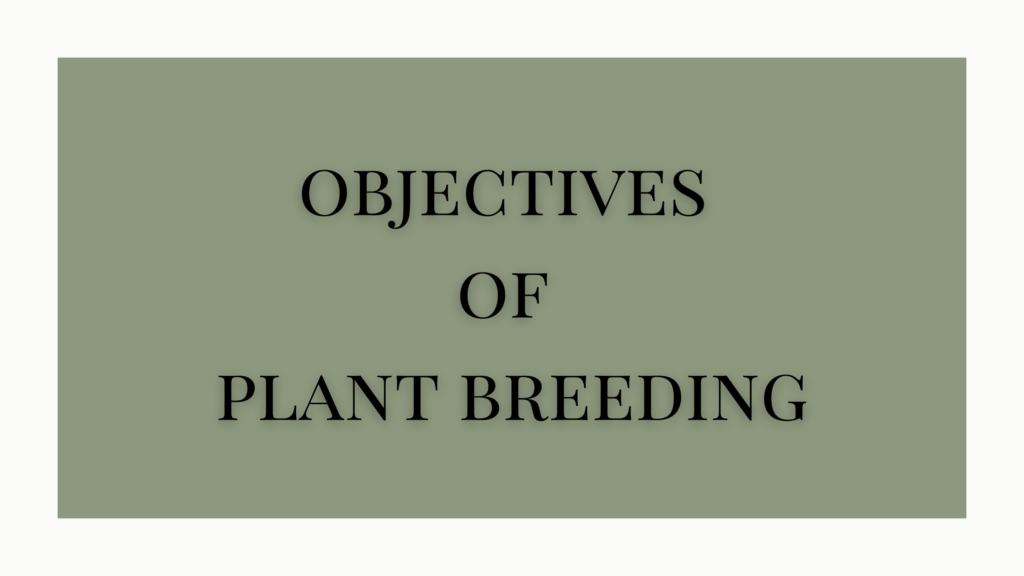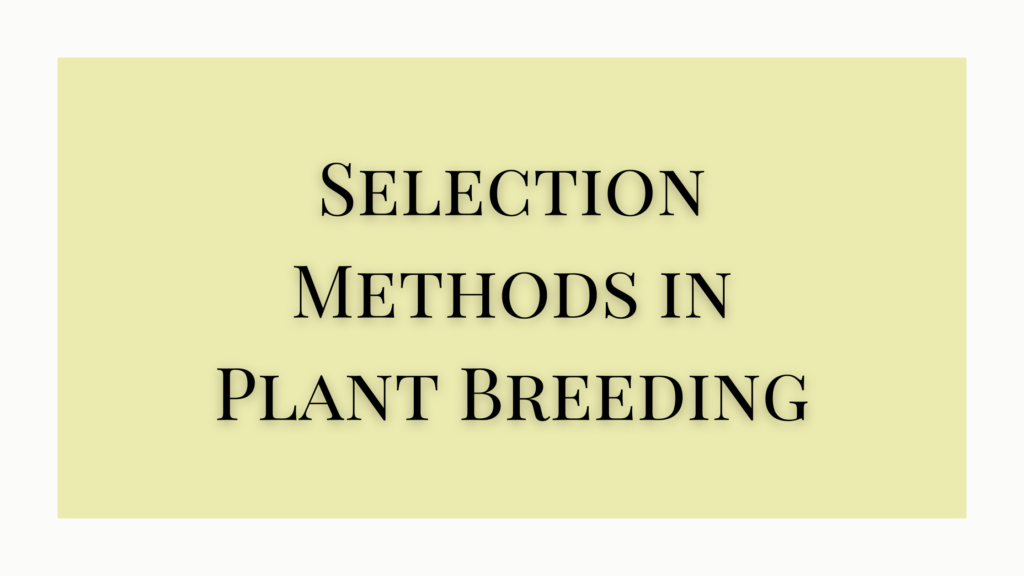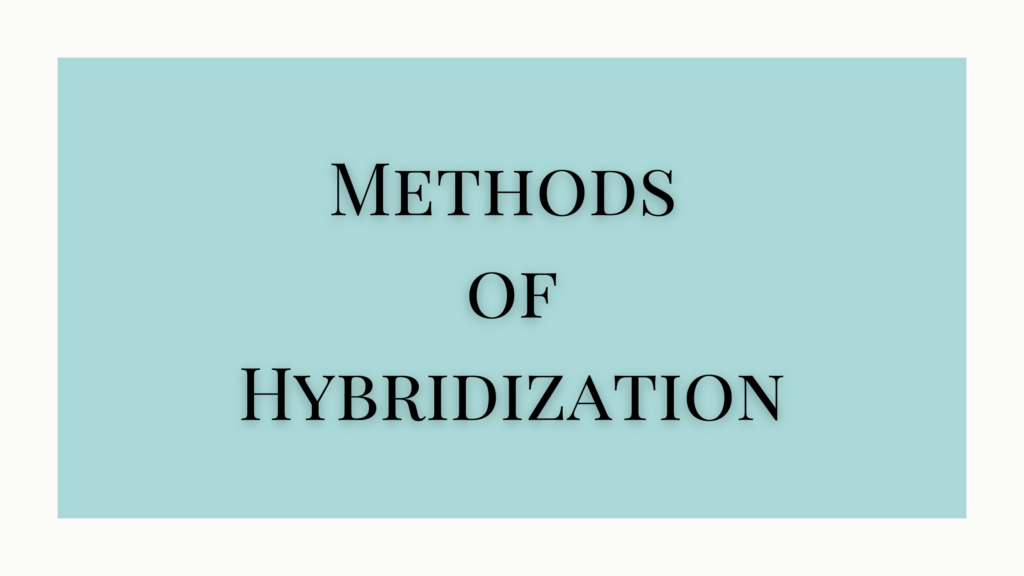Plant introduction and acclimatization is the process of introducing plants to a new location with a different climate from their natural growing habitat. The introduction may be intercontinental, intercountry, interstate, etc.
Plant introduction is followed by acclimatization which is the adaptation or adjustment of an individual plant under the changed climate for several upcoming generations. In other words, acclimatization is a process that leads to the adaptation of varieties to a new environment is known as acclimatization.
Purpose of Plant Introduction
- Use in Agriculture, Forestry & Industry: New crops, plants, or crop varieties are introduced from various places for food, fiber, wood, medicinal or industrial purposes. Introduced materials are also used by plant breeders for hybridization work.
- For studying the origin and distribution of plants
- For aesthetic interest: Ornamental plants are introduced for beautifying gardens, parks, houses, etc. Most flowering and garden plants are introduced from far and near places
- Germplasm conservation: Germplasm is the collection of pure line, mutant species, varieties, etc of plants, from as many sources as possible, of high-yielding varieties. The old varieties are going out of cultivation and thus are in danger of being lost. Such germplasm is collected introduced and preserved in living conditions.
The Procedure of Plant Introduction
Plants are introduced in different forms based on the crop species. It may be seeds, tubers, suckers, stolons, bulbs, root cuttings, buds, or sometimes seedlings. It is easier to do an interstate introduction but an intercountry introduction can be difficult. So there is no definite procedure to follow for the introduction process. However, the common procedure used is given below.
Procurement
The desired materials are demanded directly from the agencies concerned. The material can be received easily from FAO (Food & Agricultural Organization) which maintains world catalogs of the genetic stock of many plants like rice, wheat, and other crops.
In India, NBPGR (National Bureau of Plant & Genetic Resources) has the ultimate responsibility for plant introduction activities such as the collection, introduction, exchange, and distribution of seed materials and other plant propagules. Plant propagules are parts of plants that are used in the propagation of the species.
Decontamination & Despatch
The exporting agency makes sure that the material is free of contamination, before sending it. Materials that are suspected to be contaminated will be fumigated or treated with appropriate fungicides, pesticides, or any other treatments to get rid of the contamination. The materials are then packed in polythene bags or tubes and are generally mailed or sent via sea mail.
Plant Quarantine
The plant materials received at the port of entry will be subject to quarantine. Plant quarantine is the legally enforced measure taken to prevent the spread of pests or pathogens in the plant material. The plant will be isolated, monitored, and tested for any kind of pathogens.
The NBPGR exercises quarantine control. The authorities will conduct a detailed examination of the material. These plant materials must also carry a phytosanitary certificate issued from their source country to ensure that they are free from diseases, pests, weeds, etc.
The unsuitable plant materials or those detected with any factor of unsuitability, according to the plant quarantine rules, will be sent back to the source country or destroyed. Some materials are subject to decontamination procedures and are used later.
There are instances where weeds, diseases, and pests have been introduced with the plant materials and this is why the necessity for a centralized agency to monitor plant introduction and ensure plant quarantine procedures is important.
Plant materials that are being introduced or exported must conform to certain quarantine regulations and the certificate must be attached to the packets that are sent.
Evaluation and Distribution
The received materials are examined and then grown in isolated areas for assessment. The unsuitable ones are discarded and the suitable materials are distributed, used, and maintained.
Introduced Crop Plants
This method of crop improvement is of great importance. Most of the promising disease-resistant and drought-resistant varieties of crops have been introduced from foreign countries.
Several plants such as maize, tobacco, etc are introduced. Sweet potatoes were introduced from America and so are plants like coffee, papaya, cashew nuts, pumpkin, rubber, etc. Phaseolus, soybean, radish, peaches, orange, poppy, brassica, Allium, oats, etc, were introduced from China.
Plants like barley, beans, cauliflower, wheat, sugar beat, cabbage, etc were introduced from countries around the Mediterranean Sea. Several ornamentals like sunflower, bougainvillea, snapdragon, aster, etc are also among the introduced plants.
Germplasm Agencies in India
The Central Rice Research Institute (CRRI) in Cuttack has a large germplasm collection in its storage facilities. In addition, the institute conducts research on genetic and cytogenetic studies and all other important aspects of rice cultivation and improvement. CRRI has developed many popular rice varieties such as Jaya, Padma, Vijaya, Sona, Sala, Shakthi, Vani, etc.
NBPGR in New Delhi maintains a large collection of wheat, oats, barley, maize, rice, and other agricultural and horticultural crops.
Apart from these national agencies, there are international institutes, that are directly or indirectly involved with crop improvement work.
Advantages and Disadvantages of Plant Introduction
Advantages
- It gives higher-yielding crop varieties and plant species.
- Plant introduction provides materials to genetically improve parent plants for creating better and more economical crops.
- Provides variability to the existing germplasm.
- It protects plants like rubber and coffee from diseases and makes them more resistant.
Disadvantages
- Plant introduction can accidentally introduce weeds. Eg. Eichornia, Parthenium, and Argemone Mexicana.
- Diseases such as late blight and bunchy top were a result of plant introduction.
- It could introduce new pests, as in the case of potato tuber moth from Italy.
- Certain ornamental plants could be turned into weeds.
- Most importantly, plant introduction can cause ecological imbalance.




